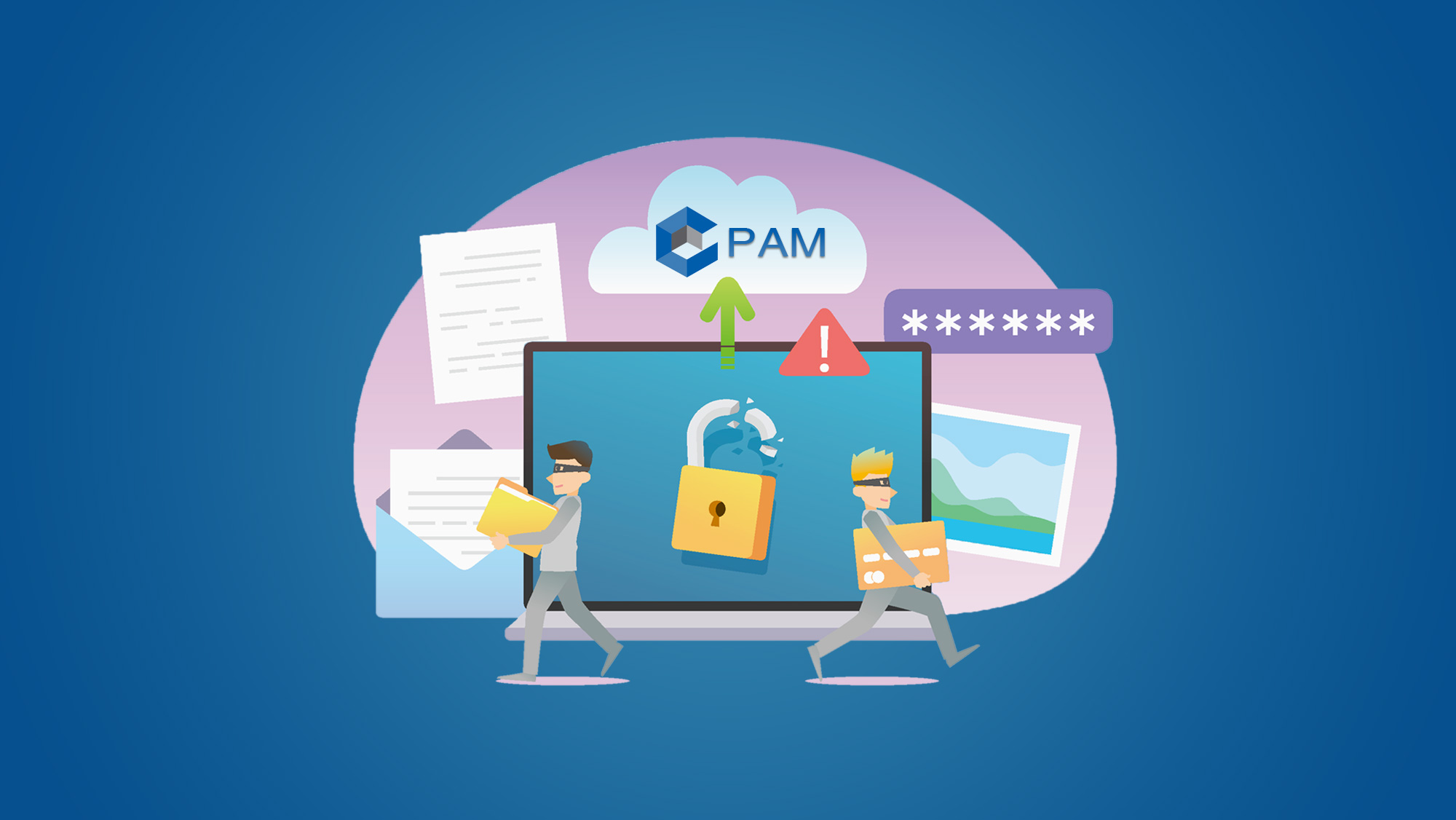Privileged Access Management (PAM) is an essential part of any cybersecurity strategy, as privileged accounts and credentials are often the primary targets of cyber attacks. However, implementing PAM solutions can be challenging, and businesses often make common mistakes that can lead to security vulnerabilities. Here are ten common PAM mistakes to avoid:
- Not Enforcing Least Privilege Access: Many businesses fail to enforce the principle of least privilege access, which means giving users only the access they need to perform their job functions. Allowing users to have excessive access can increase the risk of security breaches and make it easier for attackers to gain access to sensitive data and systems.
- Not Securing Third-Party Access: Third-party vendors and contractors often require access to privileged accounts and systems. However, granting access without proper security measures can increase the risk of data breaches. It's essential to have a comprehensive third-party access management plan in place to prevent unauthorized access.
- Not Monitoring Privileged Sessions: Failing to monitor privileged sessions can make it difficult to detect suspicious behavior and prevent insider threats. By monitoring privileged sessions, businesses can track user activity and detect anomalies in real-time.
- Not Automating Privileged Tasks: Manual privilege management tasks can be time-consuming and prone to errors. Automation can help reduce the risk of human error and ensure consistency in privilege management processes.
- Not Implementing Multi-Factor Authentication: Multi-factor authentication (MFA) adds an extra layer of security to access controls, making it more difficult for attackers to gain access to sensitive data and systems. Businesses that fail to implement MFA are at increased risk of security breaches.
- Not Regularly Rotating Passwords: Passwords that aren't rotated regularly can be easily compromised, putting sensitive data and systems at risk. Regular password rotation is essential to maintain strong access controls.
- Not Maintaining Comprehensive Audit Logs: Comprehensive audit logs are essential for detecting suspicious behavior and complying with regulatory requirements. Businesses that fail to maintain detailed audit logs can miss critical information in the event of an incident.
- Not Training Users: Users who aren't properly trained on PAM policies and procedures can make mistakes that compromise security. Comprehensive training is essential to ensure that users understand their roles and responsibilities in PAM processes.
- Not Regularly Assessing Risks: Cyber threats are constantly evolving, and businesses must regularly assess their risks and adapt their PAM strategies accordingly. Regular risk assessments can help identify vulnerabilities and prevent potential security breaches.
- Not Choosing the Right PAM Solutions: Choosing the wrong PAM solutions can lead to security vulnerabilities and compliance risks. It's essential to select PAM solutions that meet the specific needs of the business and comply with industry regulations.
In conclusion, implementing PAM solutions can be challenging, but avoiding common mistakes can help businesses maintain strong access controls and prevent security breaches. By enforcing least privilege access, securing third-party access, monitoring privileged sessions, automating privileged tasks, implementing MFA, regularly rotating passwords, maintaining comprehensive audit logs, training users, regularly assessing risks, and choosing the right PAM solutions, businesses can minimize their risks and stay ahead of cyber threats.

No Comments Yet
Let us know what you think